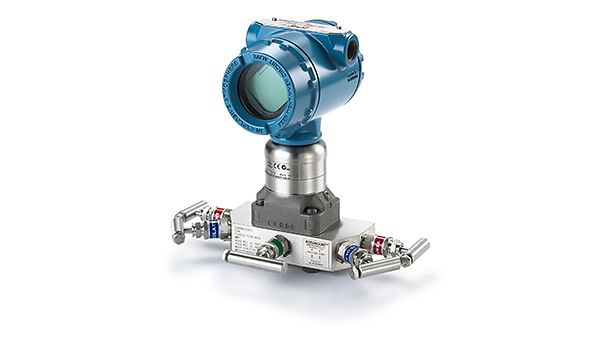Generally speaking, the pressure transmitter mainly consists of three parts: pressure sensor, measuring circuit and process connector.
It can transform the physical pressure parameters such as gas and liquid sensed by the pressure sensor into standard electrical signals (such as 4 ~ 20mADC, etc.), and supply the secondary instruments such as indicator alarm, recorder and regulator for measurement, indication and process adjustment.
Classification of pressure transmitters
According to the measurement range, pressure transmitter can be divided into three types: general pressure transmitter (0.001mpa-35mpa), micro differential pressure transmitter (0-1.5kpa), and negative pressure transmitter. From the perspective of accuracy, because the accuracy of our national standard is 0.5%, it can be divided into high-precision pressure transmitter (0.1% or 0.2% or 0.075%) and general pressure transmitter (0.5%)
Function of pressure transmitter
The pressure transmitter transmits the pressure signal to the electronic equipment, and then displays the pressure in the computer.
Principle of pressure transmitter:
The mechanical signal of water pressure is transformed into current (4-20mA). The pressure of electronic signal is linearly related to the voltage or current, generally in direct proportion. Therefore, the output voltage or current of the transmitter increases with the increase of pressure, thus a relationship between pressure and voltage or current is obtained.
The two pressures of the measured medium of the pressure transmitter are introduced into the high and low pressure chambers. The pressure of the low pressure chamber is atmospheric pressure or vacuum, which acts on the two sides of the isolation diaphragm of the δ element (i.e. the sensitive element), and is transmitted to both sides of the measurement diaphragm through the isolation diaphragm and the filling liquid in the element. The pressure transmitter is a capacitor composed of the measuring diaphragm and the electrodes on the insulating sheets on both sides. When the pressure on both sides is inconsistent, the displacement of the measuring diaphragm is directly proportional to the pressure difference, so the capacitance on both sides is not equal, and it is converted into a signal directly proportional to the pressure through the oscillation and demodulation link.
Characteristics of pressure transmitter
1) It can be used to measure oil, water and paste compatible with 316 stainless steel and 304 stainless steel.
2) High accuracy, high stability, imported original sensor, good linearity, high temperature stability.
3) Small size, light weight, easy to install, debug and use
4) Stainless steel fully enclosed shell, waterproof.
5) The pressure sensor directly senses the measured liquid level pressure, which is not affected by medium foaming and deposition
